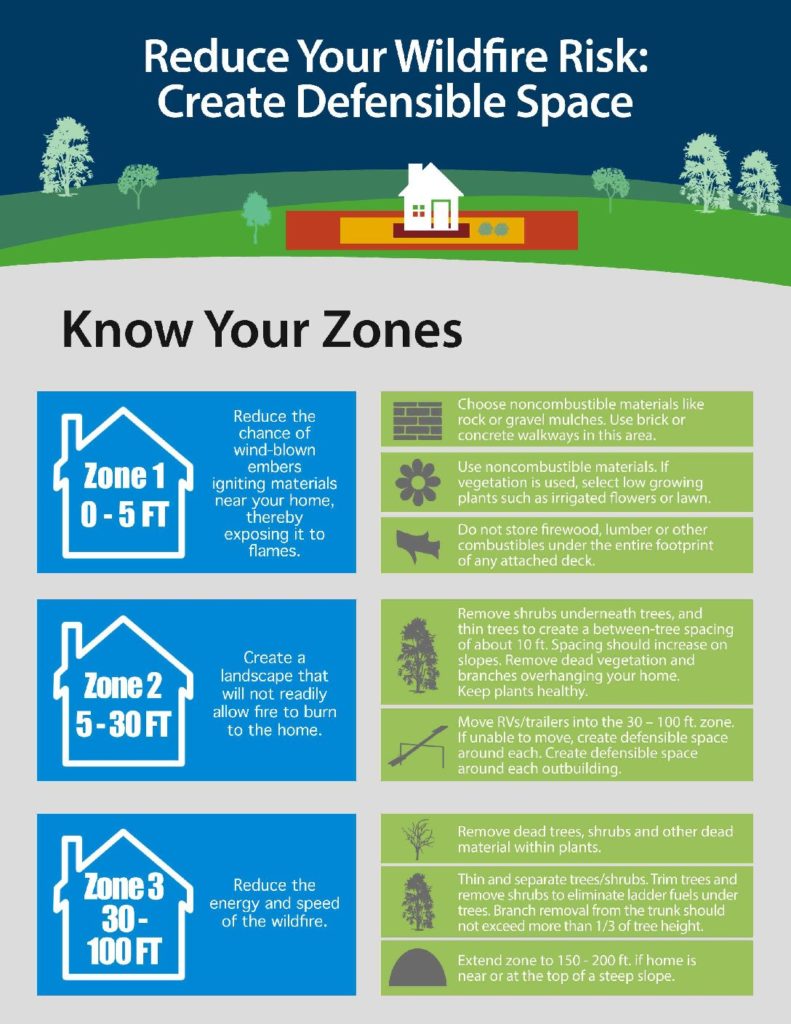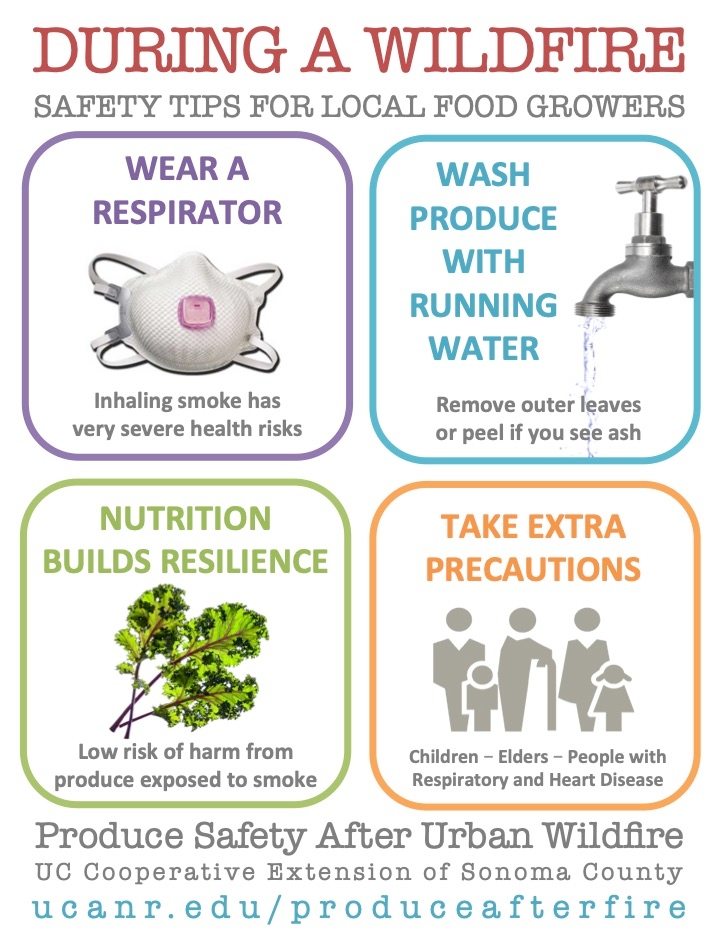How to prepare for wildfires:
BEFORE A WILDFIRE: PREPARE
- Prepare for evacuation.
- Gather emergency supplies, including N95 respirator masks that filter out particles in the air you breathe. Keep in mind each person’s specific needs, including an updated asthma action plan and medication. Don’t forget the needs of pets.
- Designate a room that can be closed off from outside air. Close all doors and windows. Set up a portable air cleaner to keep indoor pollution levels low when smoky conditions exist.
- Keep important documents in a fireproof, safe place. Create password-protected digital copies.
- Use fire-resistant materials to build, renovate, or make repairs.
- Find an outdoor water source with a hose that can reach any area of your property.
- Create a fire-resistant zone that is free of leaves, debris, or flammable materials for at least 30 feet from your home.
- Review insurance covers to make sure it is enough to replace your property.
- Pay attention to air quality alerts.


